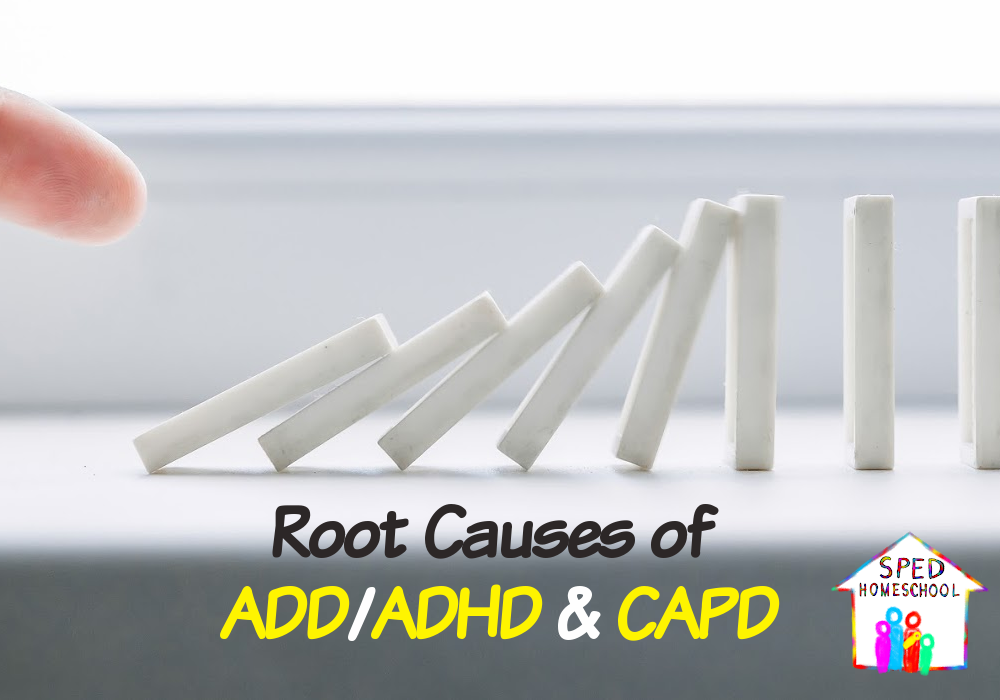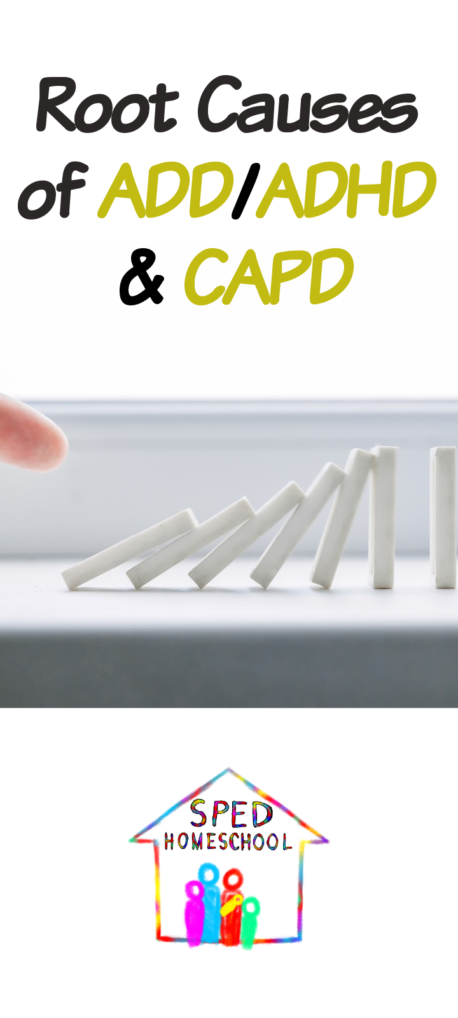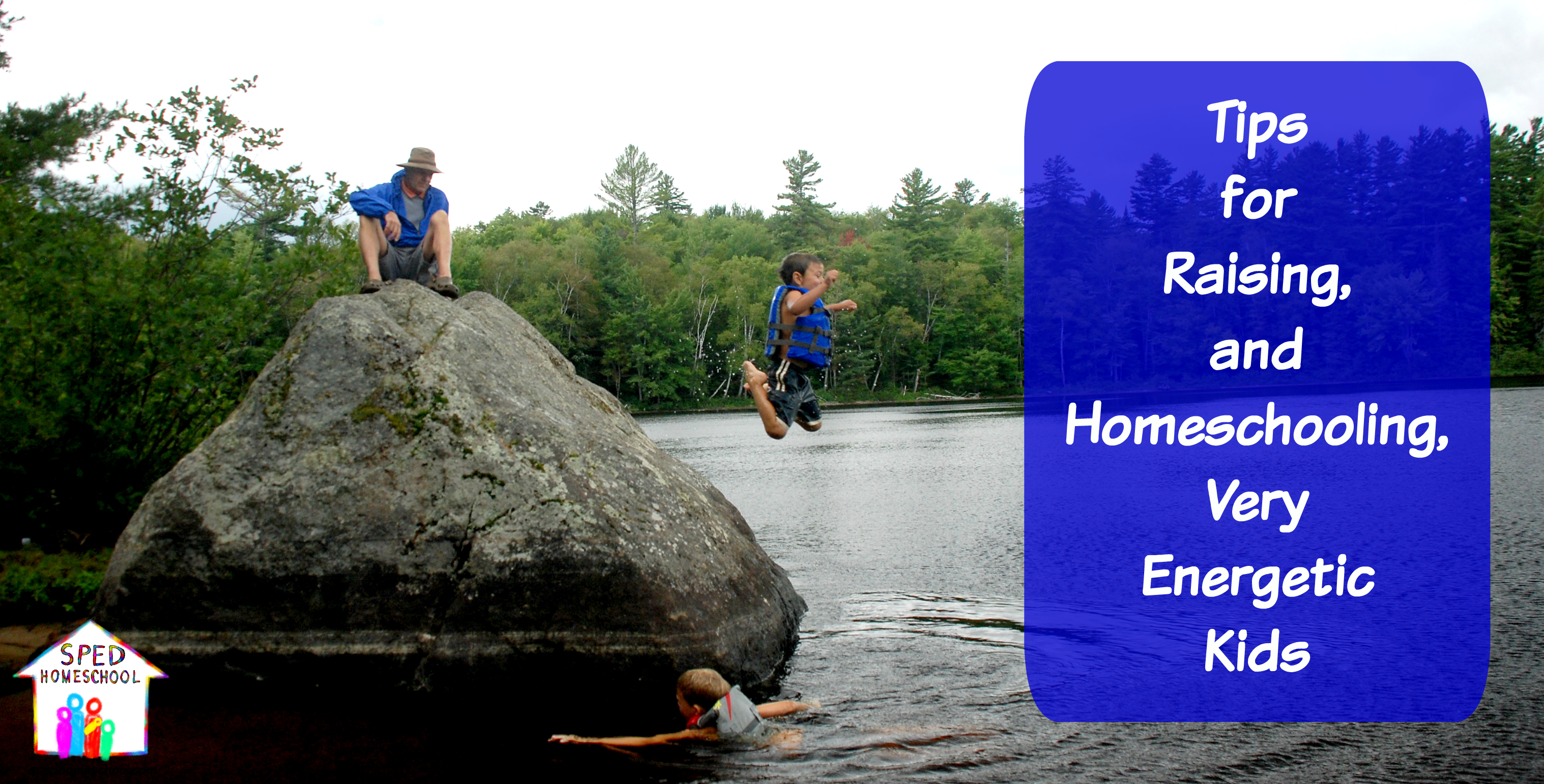
Why do so many children in America have symptoms associated with labels like, ADD, ADHD or Central Auditory Processing Disorder (CAPD)? A mystery has arisen around the epidemic of children that struggle with:
- following directions
- the ability to attend and stay on task
- distractibility
- understanding the big picture when in a situation
- social immaturity
- reading comprehension
- the ability to use a phonic approach to learn to read
- and many other symptoms
Solving the Mystery from Within
These struggles are the cause of many challenges in school and often produce labels resulting in medication. The NeuroDevelopmental Approach says, “let’s solve that mystery by finding the root cause of the symptoms.” In other words, “Say NO to labels and YES to hope!” Change the brain at the root cause and the symptoms can be eliminated. After all, the labels of ADD, ADHD and CAPD are symptomatic labels. A symptomatic label comes from a list of symptoms. If there are enough checkmarks on the list, then the person is given a corresponding label. The bottom line for us in the NeuroDevelopmental field is that each symptom is caused by something in the brain. The good news is that the brain has plasticity, which means it can change and grow even where there are current struggles.
Many years ago when our educational system was developed, we were an auditory society. We ate together as a family 2-3 times a day and TALKED. In contrast, we often eat on the run while the videos are flowing through the backseats of our cars. In the past, we read as a family in the evenings or listened to radio broadcasts for hours. We were an auditory society, and we developed our auditory sequential processing ability by the practice of intense, frequent listening. In more recent times, we have transitioned to a more visual society.
“…the brain has plasticity, which means it can change and grow even where there are current struggles.“
Auditory Sequential Processing Explained
Auditory Sequential Processing is the ability to hold pieces of information together in the order that it is communicated. An example would be being able to accurately retell a story that you have just heard in the correct order of events. A good auditory processing ability is vital to reading comprehension as well as the ability to hold all the phonograms together to read words with a phonics approach. It is also important to picking up social cues, following directions and staying on task. All these skills are needed to reach our full potential in school and in life. Good processing is necessary to avoid many of the symptoms previously mentioned in this post that cause us to suspect or label individuals. For a more in-depth look at auditory processing, listen to the Brain Coach Tip – The Best Kept Secret in Education, Auditory Processing.
Auditory Processing and Behavior
Behavior is also greatly influenced by auditory processing, especially if the processing is weak. For example, if a 12 year old processes more like a 4-5 year old, he will act like a much younger child, causing much conflict in the home and with peers. It boils down to this: you are expecting a 12 year old maturity level, but the individual is “developmentally” 4-5 years old. This doesn’t mean there is something wrong with the individual or a reflection of their IQ. No, it simply means something has blocked the right stimulation from the environment to gain 12-year-old processing ability.
Since the brain is dynamic and ever changing, much can be done to increase the processing ability of any person, at any age. The results can be dramatic! One example is a young man named Aaron who had been labeled ADD and put on Ritalin from the 3rd-9th grades to cope with the demands of school. After participating for one year in the home-based activity list from Little Giant Steps, based on The NeuroDevelopmental Approach, he was able to finish high school very successfully without the use of medications or modifications. Today Aaron is a dedicated Christian husband and father of four as well as a part owner in a successful small business.
Drug-Free Treatment Solutions
You have heard of preventative medicine right? We promote ways to prevent children from being labeled with ADD, ADHD or CAPD as well as offering drug-free solutions to reduce or eliminate the symptoms if an individual has already been labeled. Working on auditory processing twice a day for two minutes is one of the keys to both prevention and changing the symptoms.
If you exercise the brain with specific stimulation, it produces better function. Learn more about neurodevelopment and get a free auditory processing test kit to start enhancing your families’ future here: Auditory Processing Information.
Did you enjoy this article?
Would you consider a small donation to support the ongoing work of SPED Homeschool?
Click Here to Donate Today




